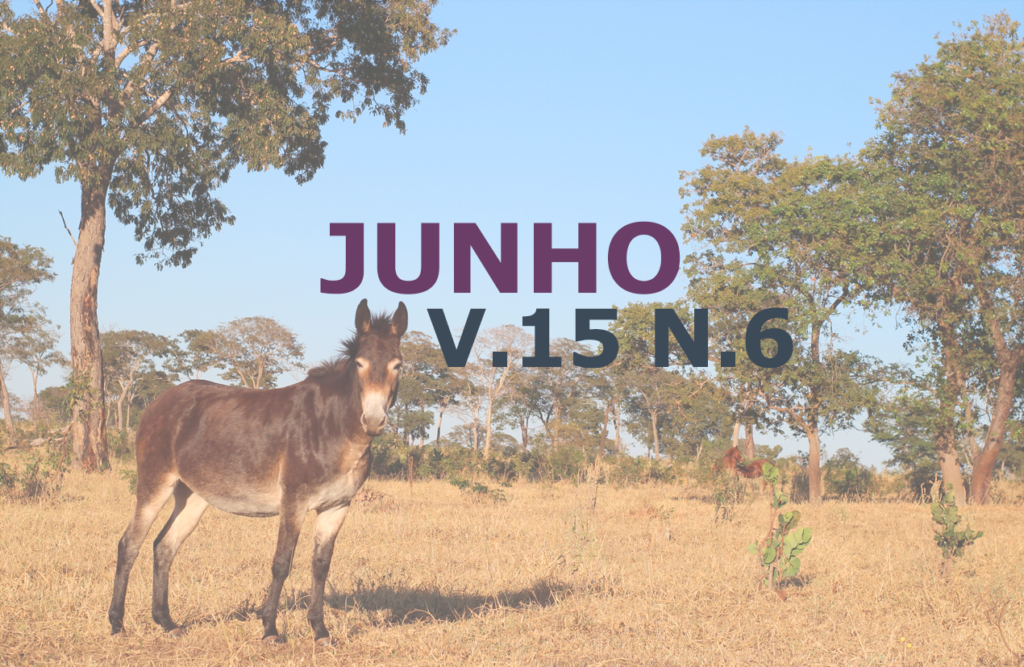Exercise physiology an essential tool in the evaluation of equine athletes. Review
DOI:
https://doi.org/10.31533/pubvet.v15n06a848.1-10Keywords:
Assessment, equine, exercise physiology, sports medicineAbstract
The physiological and biochemical responses of the equine athlete, before, during and after physical exercise, are studied in the exercise physiology and, for this to start and muscle contraction occurs, for this it is necessary that the organism produces energy through the production of ATP, which occur in three processes, being alactic or lactic, the alactic process occurs through the metabolism of creatine phosphokinase (anaerobic form) and glucose through the Krebs cycle (aerobic form), whereas the lactic process occurs through the metabolism of lactate. During exercise, in an attempt to re-establish equine parameters, physiological changes occur. The physiology of exercise has been studying, through stress tests, performed on an ergometric treadmill or in the field, ways of obtaining parameters to evaluate the species. This study aimed to evaluate an essential tool that is the physiology of exercise on the physical conditioning of equine athletes, through parameters that observe the performance of these animals. For the methodology, a bibliographic survey of articles was made and directed to the physiology of equine exercise, in addition, necessary tools for the evaluation of equine athletes were addressed, being these neurological, cardiovascular, skeletal, and electrolytic responses. It is concluded that the use of tests for the evaluation of the athletic performance in horses performed by treadmill or in the field together with the physiological responses obtained by the action of exercise and training, is considered a valuable tool for equine sports medicine.
Downloads
Published
Issue
Section
License
Copyright (c) 2021 Mylena Dedemo de Figueiredo, Guilherme Barbosa da Costa, Valeska Rodrigues, Daniel Paulino Junior

This work is licensed under a Creative Commons Attribution 4.0 International License.
Você tem o direito de:
Compartilhar — copiar e redistribuir o material em qualquer suporte ou formato
Adaptar — remixar, transformar, e criar a partir do material para qualquer fim, mesmo que comercial.
O licenciante não pode revogar estes direitos desde que você respeite os termos da licença. De acordo com os termos seguintes:
Atribuição
— Você deve dar o crédito apropriado, prover um link para a licença e indicar se mudanças foram feitas. Você deve fazê-lo em qualquer circunstância razoável, mas de nenhuma maneira que sugira que o licenciante apoia você ou o seu uso. Sem restrições adicionais
— Você não pode aplicar termos jurídicos ou medidas de caráter tecnológico que restrinjam legalmente outros de fazerem algo que a licença permita.





